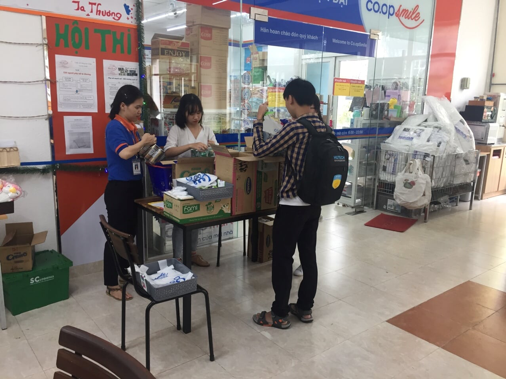There is greatly growing attention to tackling plastic pollution issues. Previous studies proposed various instruments dealing with plastic problems. Education and information programs are frequently used and examined as a means of promoting pro-environmental behavior.
Several different forms of pro-environmental campaigns have been observed, i.e., public engagement activities with the participation of celebrities. However, very little research evaluating those activities or investigating different channels of delivering information to the public, have been performed. This study fills the gap by using a field experiment to examine the change in knowledge, attitudes, and behavior towards plastic consumption.
A sample of 1,560 students living in the two largest dormitory systems in Ho Chi Minh City and the Mekong River Delta of Vietnam is collected. There are a control group and three add-on treatment groups:
- environmental education
- celebrity endorsement, and
- personal pledge.
Two video clips are designed to serve as environmental education and celebrity treatments. The personal pledge takes a form of a commitment card delivered to the participant asked to join the celebrity in reducing plastic consumption.
The treatment is delivered in a workshop form of about 25 participants each. Each participant will receive a voucher framed as compensation for participation in each stage of the study. The participant will redeem the voucher at an experimental shop.
|
|
It is designed as an instrument to measure student’s behavior before and after the treatment. In addition, we expect to examine the spill-over effect on other domains, i.e., behavior changes made by the participants’ roommates, using a follow-up survey. Especially, a variation of a dictator game is employed to measure an individual’s willingness to contribute to an environmental fund that helps to trigger pro-environmental behavior. Various econometric models to examine the treatment effect are employ to provide direct and indirect effects of the treatment as well as relative effects among the different channels. This reveals evidence to inform policy options for behavior changes towards plastic pollution mitigation.





